Name Takashi Nagase Role Interpreter | Died June 21, 2011 | |
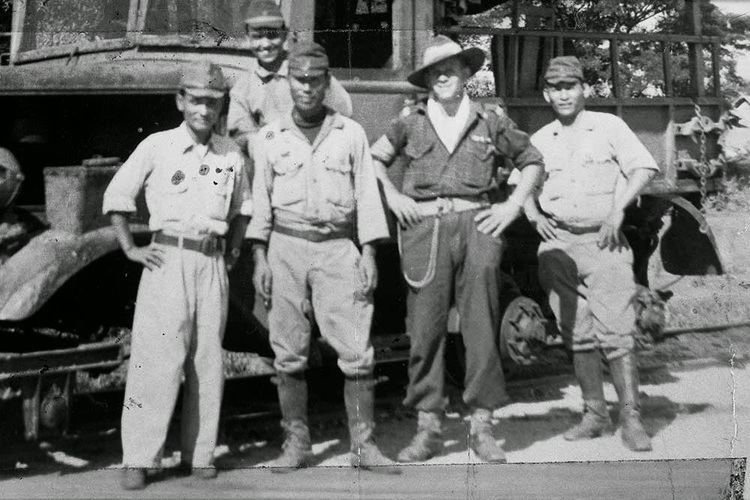 | ||
Similar People Eric Lomax, Tanroh Ishida, Hiroyuki Sanada | ||
Takashi nagase statue thailand
Takashi Nagase (永瀬 隆, Nagase Takashi, c. 1918/19 – 21 June 2011) was an interpreter of the Ministry of War of Japan. He was born in 1918/19 in Kurashiki, Okayama, Japan. He learned English from an American Methodist in a college in Tokyo. He was one of the officers in charge of the construction of the "Death Railway" which ran between Thailand and Burma and included the famous bridge over the River Kwai, and is known for the use of forced labour of Allied prisoners of war, though the majority of the labour (and resultant deaths) was incurred by romusha, or local civilians pressed into labour.
Contents
- Takashi nagase statue thailand
- The railway man the story of eric lomax takashi nagase it is written oceania with pr gary kent
- In television and films
- References
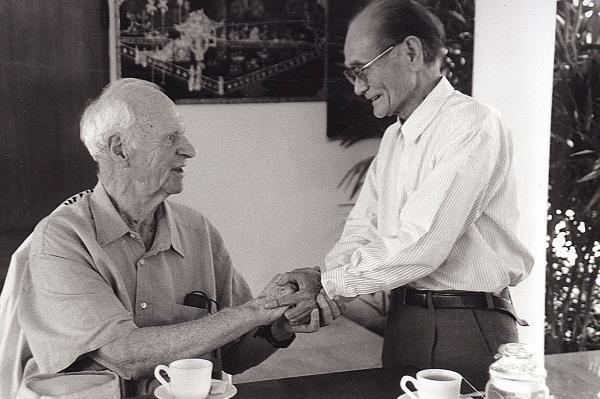
Nagase was first introduced to the British public in the documentary made by ex-POW John Coast about the realities of life on the Thai-Burma Railway, which was first broadcast in the UK on BBC2 on 15 March 1969. It was repeated on BBC1 on 4 August 1969 and again on Boxing Day 1974. The documentary was an early colour broadcast and part of the series One Pair of Eyes. Return to the River Kwai featured interviews with Nagase and two other Japanese soldiers who had worked with the prisoners on the railway. Nagase acted as both interpreter for the two other soldiers and interviewee. A transcript of the documentary and Nagase's responses to Coast's questions about the treatment of the POWs and some of the Japanese accused of war crimes after the war (plus some of Nagase's responses that did not make it into the final edit of the documentary) can be found in the new 2014 edition of Coast's book "Railroad of Death" originally published in 1946.
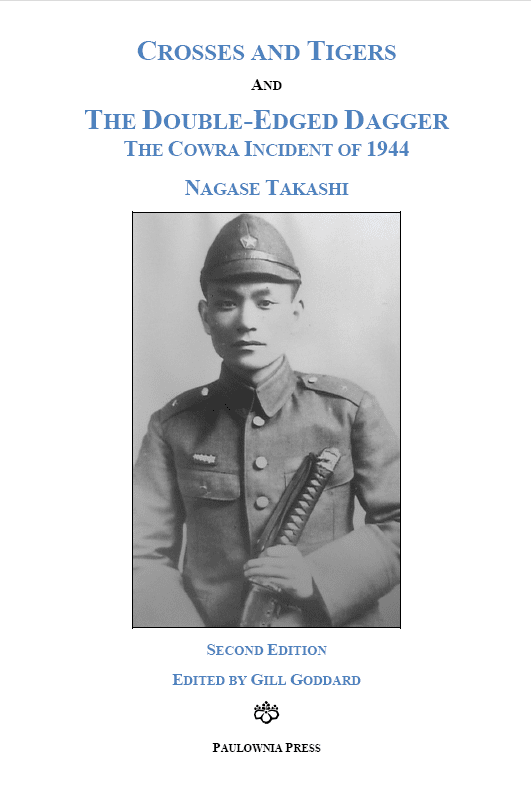
Nagase was also noted for his reconciliation with former British Army officer Eric Lomax, whom he interrogated and tortured at a Japanese prisoner-of-war camp in 1942. Lomax then went on to discuss his reconciliation and eventual friendship with Nagase in his autobiography, The Railway Man. The book chronicled his experience before, during, and after the Second World War. It won the 1996 NCR Book Award and the J. R. Ackerley Prize for Autobiography.
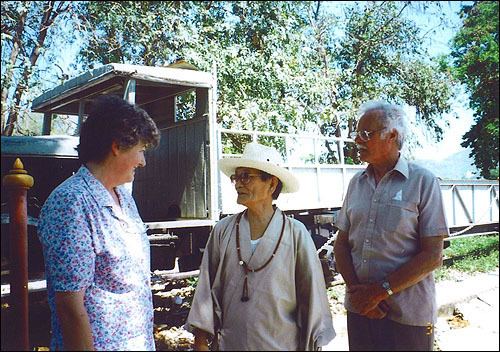
Nagase also wrote a book on his own experiences during and after the war entitled Crosses and Tigers, and financed a Buddhist temple at the bridge to atone for his actions during the war. The reconciliation between the two men was filmed as a documentary Enemy, My Friend? (1995), directed by Mike Finlason.
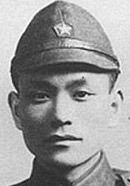
After the end of the Second World War, Takashi Nagase became a devout Buddhist priest and tried to atone for the Japanese army's treatment of prisoners of war. Takashi made more than 100 missions of atonement to the River Kwai in Thailand.
He died in 2011.
The railway man the story of eric lomax takashi nagase it is written oceania with pr gary kent
In television and films
Nagase is portrayed by Randall Duk Kim in the 1996 BBC TV film Prisoners in Time, based on the story of Eric Lomax, who is played by John Hurt, with Rowena Cooper as his wife, Patti.
In the 2001 film To End All Wars, based on the autobiography of Ernest Gordon, Nagase is portrayed by Yugo Saso, with Ciarán McMenamin as Gordon.
In the 2013 film The Railway Man, based on Lomax's autobiography, Nagase is portrayed by Hiroyuki Sanada, with Colin Firth as Lomax and Nicole Kidman as Patti.
